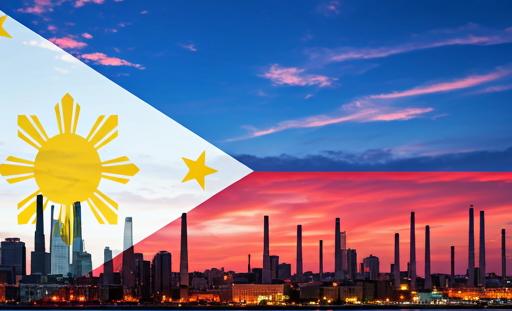
Foreign Direct Investment in Manufacturing bounces back in 2023
CHART - Approved Foreign Investments for manufacturing: 2011 to 2023

FDI for manufacturing in the Philippines has shown a remarkable recovery in 2023, bouncing back from a significant decline since 2015. The FDI inflow for manufacturing in 2023 surged to 1.96 billion USD, marking a substantial increase of nearly three times compared to the figures recorded in 2022. This positive trend reflects renewed investor confidence in the Philippines’ manufacturing sector, indicating a favorable business environment and promising growth prospects for the industry in the coming years.
Location Matters in Philippines
The Philippines has emerged as a significant player in the global manufacturing landscape, boasting a network of diverse industrial estates strategically positioned across its islands. These dedicated zones offer a wealth of opportunities for both domestic and foreign investors, fostering industrial growth and economic development.
Industrial estates in the Philippines vary greatly in terms of location, size, and specialization. Luzon, the most populous island, hosts a concentration of estates centered around Metro Manila, catering to light industries and logistics due to its robust infrastructure and skilled workforce. Meanwhile, Visayas and Mindanao offer cost-competitive options, attracting resource-based industries and export-oriented manufacturers.
Types of Estates
Philippine industrial estates fall into two main categories: Economic Zones (EZs) and non-EZs. EZs, governed by the Philippine Economic Zone Authority (PEZA), provide investors with attractive incentives like tax breaks, duty-free importation, and simplified business processes. Non-EZs offer a less restrictive environment, often focusing on specific industries like food processing or garment manufacturing.
Infrastructure and Amenities in Philippines
The quality of infrastructure within an estate significantly impacts its appeal. Top-tier estates boast reliable power and water supply, efficient transportation networks, and advanced telecommunications facilities. Some estates even go beyond the basics, offering amenities like housing, recreational facilities, and waste management services, aiming to create self-contained industrial communities.
Choosing the Right Estate
Selecting the ideal industrial estate requires careful consideration of several factors. Investors should assess their industry requirements, target market, budget, and desired level of government support. Thorough research, including site visits and consultations with experts, is crucial to making an informed decision.
While traditionally focused on manufacturing, Philippine industrial estates are evolving. Many are incorporating modern concepts like eco-industrial parks, knowledge-based hubs, and logistics centers, reflecting the changing demands of the global economy.
The future of Philippine industrial estates appears bright. Continued government support, infrastructure upgrades, and a skilled workforce are expected to attract further investment and propel the Philippines into a leading industrial powerhouse.
